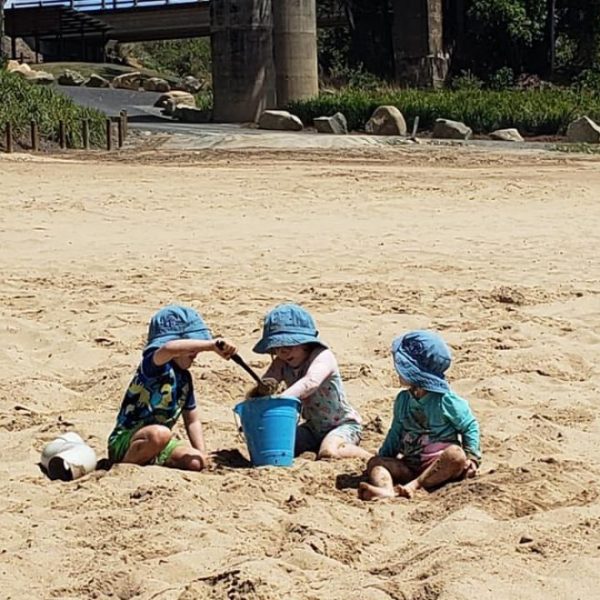Te huri i te whenua – Changing the land Part Two

Exploring Goal Two, “Every child is empowered through timely access to the resources they need to thrive”, in Part Two of this six part series, Sector Assistant Editor Freya Lucas looks at the Strategic Plan for Early Learning 2019 – 2029 released in late November by the New Zealand Government.
Freya examines the plan, outlining key changes for each of the learning goals, and asks reflective questions about what these changes may mean if adopted into the Australian landscape.
With New Zealand’s early childhood curriculum Te Whāriki and the Early Years Learning Framework (EYLF) sharing strong similarities, and with the EYLF celebrating its tenth birthday next year, a review of the proposed changes to the New Zealand landscape is both timely and of interest to the Australian sector. Share your thoughts and views by commenting below.
Part two – Access to resources
Goal Two starts with the premise that every child is precious, and provides a guiding focus on equity: of funding, of wellbeing, and of building a team of support around a child and their family.
The proposals in Goal Two seek to “level the playing field” and provide greater access to services for children with additional needs – be they developmental, social, cultural or other, and to more readily involve allied health services to support outcomes for children.
In outlining the goals and objectives in the domain of Goal Two, the Government acknowledge that they have limited tools to make informed judgements about when children are at risk, what is a positive trajectory of learning and development, and how and when to intervene, paying special attention to the cultural appropriateness of these expectations.
An outcome requested of Goal Two would be to develop new tools to identify developmental barriers that impede learning and identify where children might need further support in order to thrive.
Backed by research and data which shows that investing in the early years pays dividends down the line, and supports all children, but especially those experiencing disadvantage, to be successful, the success measures for Goal Two are:
- All children are able to access and experience high quality early learning;
- Information about children’s progress is available to parents and families;
- The information collected about children guides teaching practice and approaches; and,
- Effective initiatives are available to children and families who require additional support.
The proposed changes can be read in full here.
Share your thoughts with us in the comments below. What might these changes mean for New Zealand? How might these proposals change the Australian landscape, should they be adopted here? Is there anything you think is missing from Goal Two?
Popular

Workforce
Quality
Research
When did it start to go wrong?
2025-12-18 08:00:46
by Fiona Alston

Quality
Practice
Research
Curiouser and Curiouser: What Alice helps us see about who should teach
2025-12-19 07:15:35
by Contributed Content

Quality
Provider
Research
A call to action for Early Childhood: Accountability and transparency in the National Strategy to prevent child abuse annual report 2025
2025-12-18 07:00:37
by Fiona Alston















